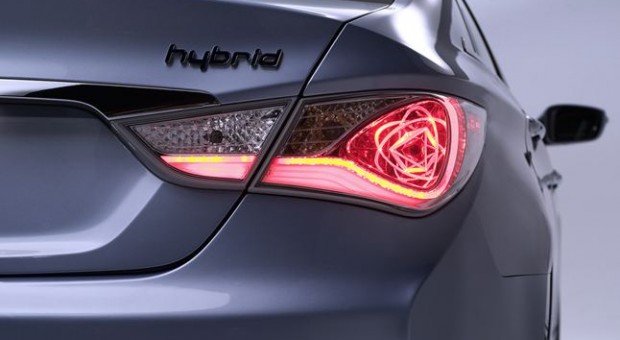
When it comes to choosing a car, there are a few options to consider, including the type of engine. Two common types of engines are the traditional internal combustion engine (ICE) and the hybrid engine.
While the basic principle of powering a car is the same, there are significant differences between the two. In this article, we’ll explore how a traditional ICE works compared to a hybrid engine, including their technical details.
How Does a Traditional Internal Combustion Engine Work?
An internal combustion engine is the most common type of engine found in cars today. It works by using a mixture of fuel and air that is compressed inside the engine. When the fuel-air mixture is compressed, it becomes more volatile and easier to ignite. A spark plug ignites the mixture, causing an explosion inside the engine. The force of the explosion pushes a piston, which turns the engine’s crankshaft, converting the energy into rotational motion.
The four-stroke combustion cycle is the most common in internal combustion engines. It consists of four steps: intake, compression, combustion, and exhaust. During the intake stroke, a mixture of fuel and air is drawn into the engine’s cylinder. During the compression stroke, the piston compresses the mixture. The spark plug ignites the mixture during the combustion stroke, which creates the explosion that pushes the piston. Finally, the exhaust stroke expels the leftover gases from the combustion process.
How Does a Hybrid Engine Work?
A hybrid engine combines the use of an ICE with an electric motor and battery. The electric motor and battery provide additional power and efficiency to the ICE. In a parallel hybrid system, both the ICE and electric motor can power the car. In a series hybrid system, the electric motor drives the wheels, and the ICE is used to charge the battery.
When a hybrid car is in motion, the electric motor powers the car at low speeds. When more power is required, such as when accelerating or climbing a hill, the ICE kicks in to provide additional power. During braking or coasting, the electric motor acts as a generator, converting kinetic energy into electrical energy to recharge the battery.
Hybrid engines can operate in several modes, including electric-only, ICE-only, or a combination of both. The hybrid system’s electronic control unit manages the power flow between the ICE, electric motor, and battery to optimize efficiency and performance.
Technical Differences Between ICE and Hybrid Engines
One of the main differences between ICE and hybrid engines is that ICE engines rely solely on gasoline or diesel fuel for power, while hybrid engines use a combination of gasoline or diesel fuel and electricity. Hybrid engines also use a complex system of batteries, motors, and power electronics to control the power flow between the ICE and electric motor.
ICE engines are typically less expensive to produce than hybrid engines, but they are less efficient and produce more emissions. Hybrid engines are more expensive due to the additional components needed, but they are more fuel-efficient and produce fewer emissions.
Another difference is that ICE engines have a limited range, while hybrid engines can travel further thanks to the added electric motor and battery. Hybrid engines also have better acceleration due to the added power from the electric motor.
In terms of maintenance, ICE engines require regular oil changes, filter replacements, and other maintenance tasks. Hybrid engines require similar maintenance tasks, but they also require battery maintenance and replacement over time.
Conclusion
Overall, both ICE and hybrid engines have their advantages and disadvantages. ICE engines are cheaper to produce, but they are less efficient and produce more emissions. Hybrid engines are more expensive but offer better fuel efficiency and lower emissions. As technology continues to advance, hybrid engines are becoming more popular
















